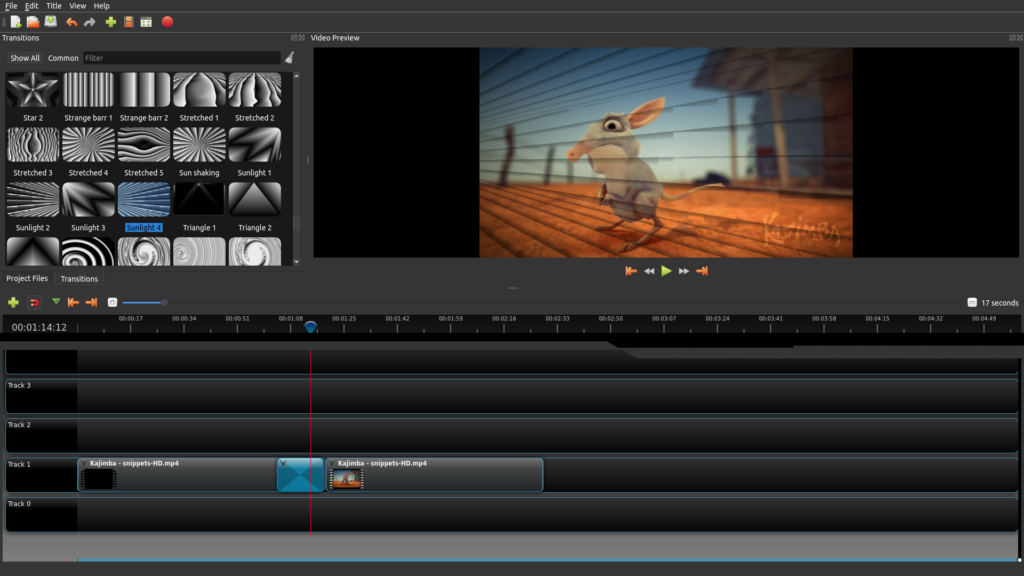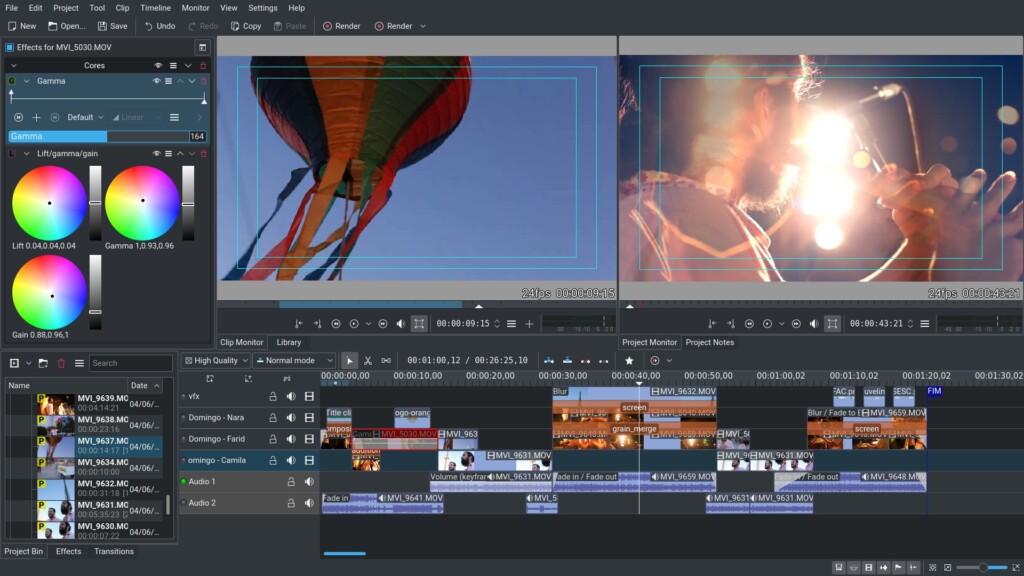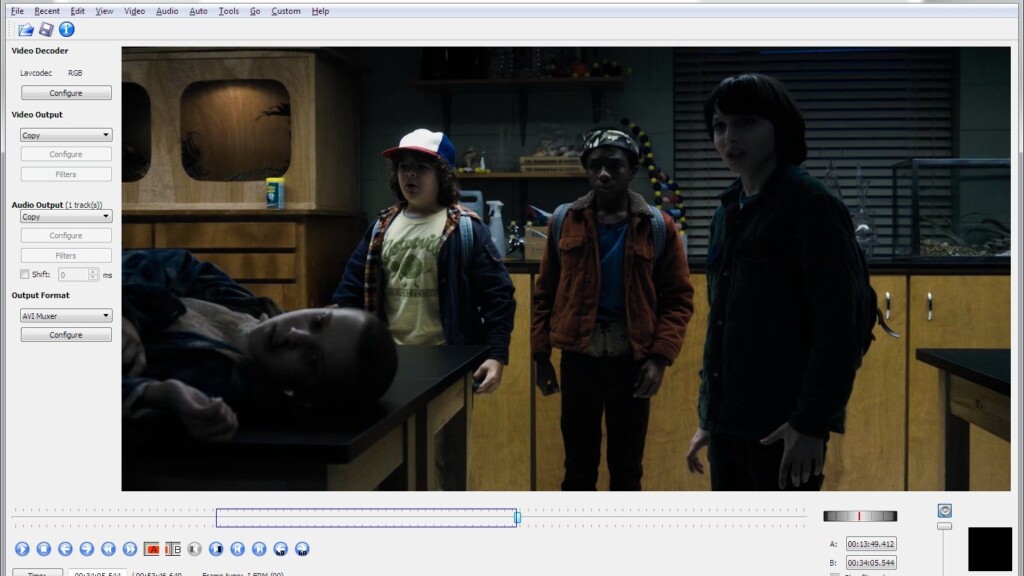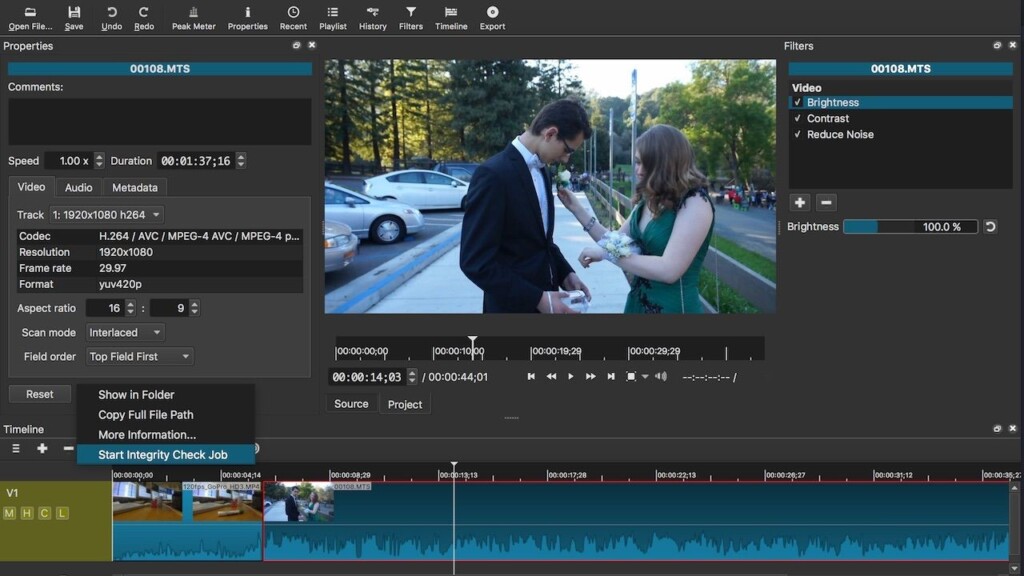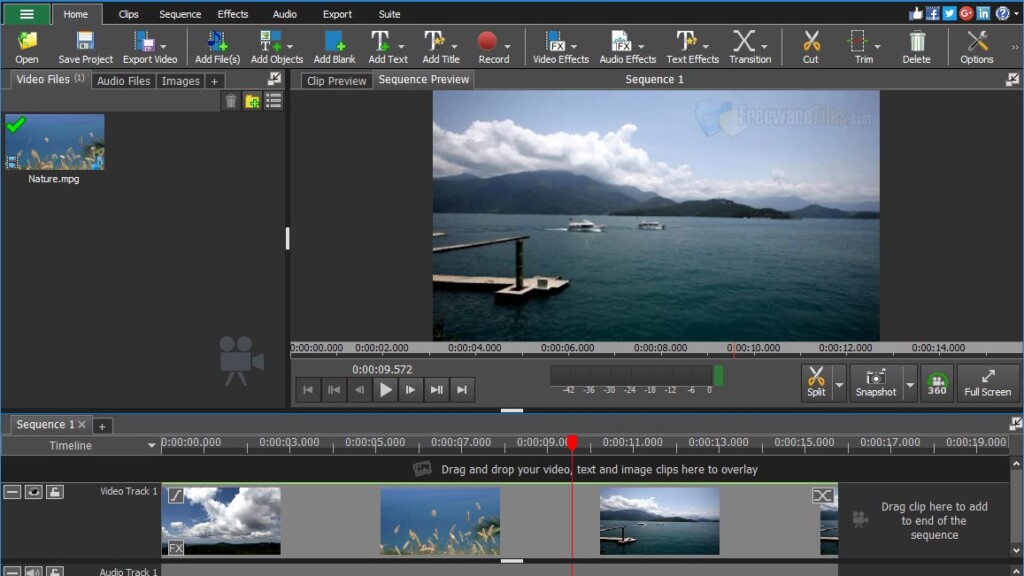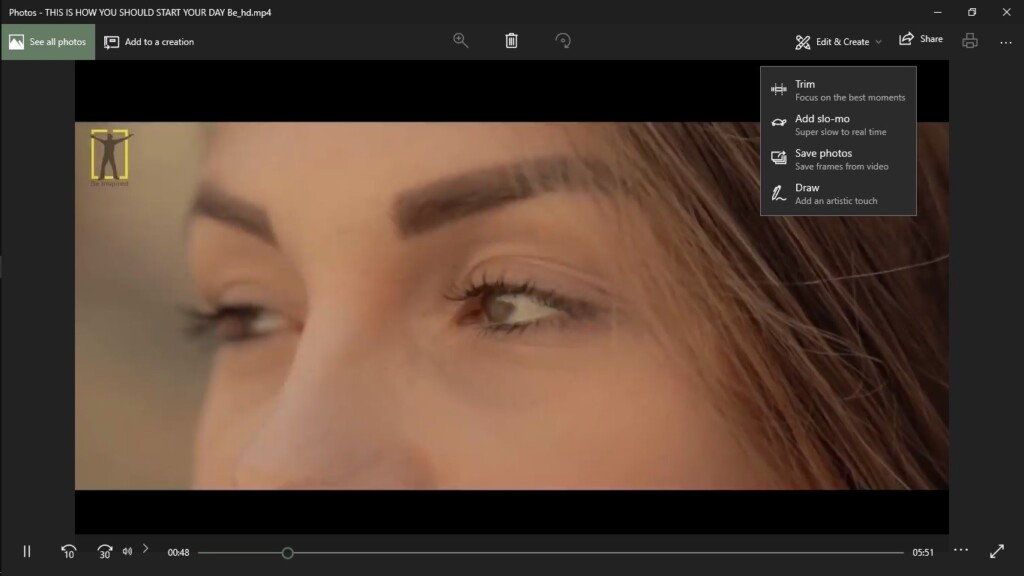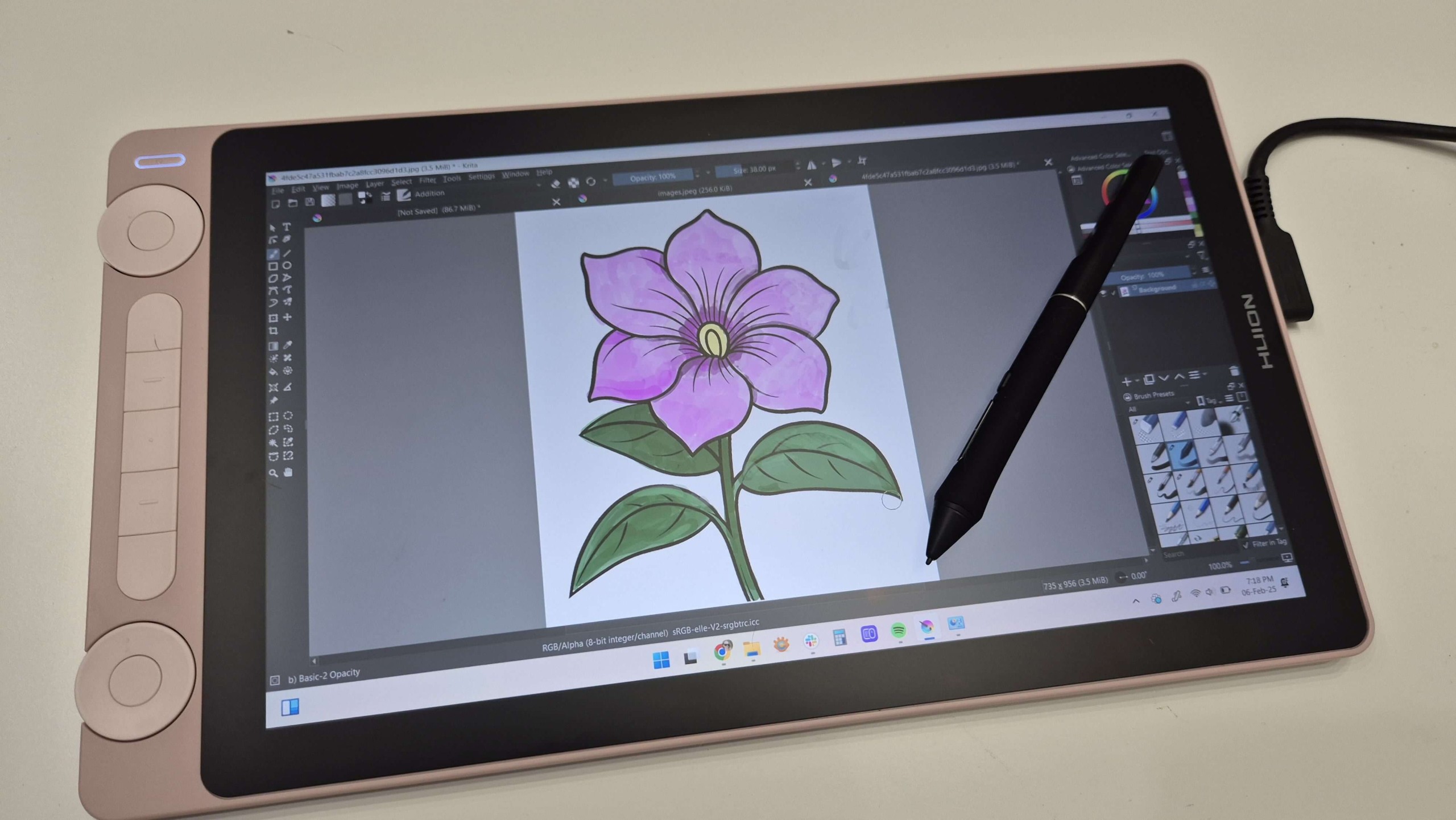
Windows Movie Maker Alternatives: Basic Video Editing Software for PCs
Sadly, Windows Movie Maker has been discontinued by Microsoft. This means that the software is no more available on Microsoft Store for download and unlikely to get any updates to fix the bugs on its existing version. Its discontinuation has saddened many users who love simple software. But not to worry, because 2019 seems to be the apt time to explore some Windows Movie Maker alternatives.
Movie Maker was a platform that made video editing a quick and easy task. It was a go-to software to create, edit and share your home movies via web and email. And, if you were ready to use third-party software, you could also burn your movies into a disc. For more than a decade, Movie Maker had been a cornerstone tool for amateur editors. However, an object’s past value in our lives does not automatically validate it for our future. Apparently, Microsoft realized it.
Looking on the brighter side, there are some strong contenders to fill the gaps that the classic Microsoft editing software has left. In this article, we’ll go through our top 6 alternatives that can easily meet all your basic editing requirements, without giving you a hangover of adapting to a new-style interface. This alternative softwares for windows are just as easy to use and powerful as its predecessor. Here is the list.
1. OpenShot
OpenShot is an open source video editor that is designed to make video editing an easy experience for starters. The platform supports all the three major operating systems; Linux, MacOS and Windows.
OpenShot allows users to trim and slice their videos to perfect moments. What further impressed us was its creative ways to trim the video files, so you could get to the exact seconds where your special moment lies. This is coupled with a powerful animation framework, which allows users to fade, bounce, slide and animate anything of their choice on a video file.
The software features plenty of video effects. You can easily remove the background from videos, adjust the brightness, invert the colours and much more. It further allows users to visualize audio files as waveforms. This helps during the output, which can also be displayed as a part of your video.
The platform can be used with unlimited tracks. This means users can throw in as many layers as they need for audio tracks, background videos and watermarks. It features templates that make many tasks, like adding titles, a matter of click and type. In addition to that, there are beautiful 3D animation titles and effects. And if the project requires, you can alter the playback speed of videos too.
During our testing, the software stayed stable, even with heavier high definition files. The other thing that sets OpenShot apart from other software is its support to 70+ languages. With the help of LaunchPad, you can translate the software to any language of your choice. As per us, OpenShot is the friendliest and easiest video editing platform.
2. Kdenlive
Many might get confused with its strange sounding name Kdenlive, but funnily, it is an acronym for KDE non-linear video editor. It features the MLT framework that integrates plug-in effects. These extensions give extra features to the software and allow video and sound processing.
Kdenlive supports multi-track video editing. This support is extended to a wide range of video formats, including AVI, MPEG and QuickTime. Since it is based on FFmpeg libraries, the software is capable of running almost any format without reconverting or recoding. Adding to that, it comes with an embedded Crawl and Roll tool for text animation.
The platform features a variety of tools to create, crop and move files. This is coupled with an intuitive interface layout and configured keyboard shortcuts. While testing, we noticed that the software renders relatively fast and automatically backs up the project. All of Kdenlive’s features make it a complete studio solution for video creation.
The platform is available on Windows, MacOS and Linux. Its builder wizard compiles all the bug fixes and new features from the source. This allows users to test and experience new features as soon as they are released.
3. Avidemux
Avidemux is all what Movie Maker was, with some added export options. The platform is suitable for anyone who wants a video editor for basic tasks. Its design makes its objective pretty clear to stay simple. Its plain interface rather reflects the idea. However, at the start, you might struggle with its elaborate menus, but once you get a hang of it, you’ll find the software powerful and capable.
Its interface has multiple dockable and undockable panels. These panels consist of detailed media properties, playlists, filter and encoding panels, recent files, search and many more. All these tools combine to make a platform where users can get to their special moments with the help of accurate framing.
The software features preset profiles. This allows it to support output devices with a lot of customizable encoding options. This includes video and audio filters, fades and subtitles. Avidemux also supports a broad range of formatting options. This support is extended to plenty of devices and transport options.
As per our testing, Avidemux is an excellent program to cut videos losslessly, which means you can trim videos without re-encoding them. However, if you want, you can convert the videos to different formats. This vintage undoubtedly deserves our third sport.
4. Shotcut
Shotcut is a cross-platform non-linear editor that supports hundreds of video and audio formats and codecs. In short, the platform straightens the movie-making process. The experience this software offers clearly sets its premium tone.
Despite having a powerful set of tools, the platform is totally free with no bundled adware or hidden paywall. While testing, we found that Shotcut can cut your footage to the desired length and then convert it to a format of your choice within a few steps.
Adding to that, Shotcut features a good range of filters and effects. On its interface, the platform has a record option that lets you edit and save footage right from your output devices. Furthermore, the platform supports streaming in a wide range of formats, including HTTP, HLS, MMS and etc.
Shotcut has a handful of smart shortcuts that make its interface smart. The thing that impressed us the most was its raft of video and audio filters. These filters can further be customized in all sorts of interesting ways. This does help in simplifying advanced effects.
As per us, the essential thing that Shotcut lacks is a preview panel which could help users in previewing filters before applying it. However, the process to add and delete effects is so simple, that you hardly miss the preview.
Overall, Shotcut is a remarkable video editor. It’s definitely worth your time.
5. VideoPad
VideoPad is a basic video editing application which allows users to create movies by combining various video clips. Its storyboard workflow allows users to view their projects both linearly and individually. These two modes help users in constructing basic building blocks.
The platform is capable of handling unlimited editing tracks, which allows you to create complex projects on the editor. Adding to that, the editor features advanced tools including chroma key, closed captions and a video stabilizer. VideoPad supports 4K video footage and allows you to import, edit and export high-resolution files.
Since it is a basic editing software, it can very well perform the simple set of tasks including adjusting volume and adding effects. However, the picture doesn’t end here. VideoPad, as a part of its suite of media production programme, has sibling software that you can use to expand its capabilities. For eg., NHC’s Express Burn can make Blu-ray DVDs and Prism can convert video files.
Most of what VideoPad offers come for free. However, there is a premium version that adds some advanced features including the support for plug-ins. As far as the basic editing is concerned, the free version does it all. Highly recommended.
6. Microsoft Photos
Microsoft Photos, by no standard, is a replacement for Movie Maker. However, its latest version has many useful features that allow people to use it for basic editing. Since it comes preinstalled with Windows 10, Microsoft Photos becomes a logical choice for quick slicing and trimming.
The video editing capabilities of Microsoft Photos can be easily missed as it is not a default program for video files. But, if you want to use its tools, you can simply start by choosing media files and arranging them in a sequence. Then, you can perform simple edits, apply motion titles and effects and add a soundtrack in the background.
This platform is recommended for complete beginners who want basic tools to achieve good looking results. The platform features plenty of export options. Once you save the video, it allows you to share it via Skype, YouTube and OneNote.
As far as the simplicity and ease to operate a tool is concerned, there is no better alternative to Windows Movie Maker than Microsoft Photos.
The 6 alternatives in this article are different in many aspects. They are different in terms of video editing features, interface and their overall capabilities. However, they all give a strong video editing experience. We would suggest to further research on the software before switching to it.
Do you agree with our list, or do you think we have missed one of your favourite basic editing platforms? Do let us know in the comments. Also, to get instant tech updates, Follow TechNadu’s Facebook page, and Twitter handle.

